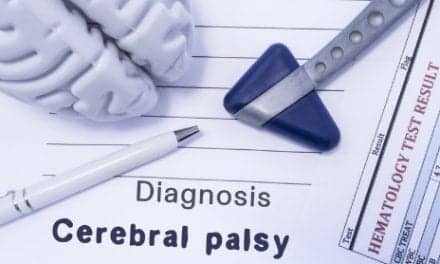It’s often hard to motivate youngsters with physical disabilities. But a new approach from researcher at Tel Aviv University, Tel Aviv, Israel, bridges the worlds of behavior and science to help kids with paralysis and motor dysfunction improve their physical skills and inner confidence—using a trick up her sleeve called "magic."
Dido Green, PhD, OT, of Tel Aviv University’s School of Health Professionals developed a series of therapeutic exercises for children and young adults based on sleight-of-hand tricks used by professional magicians. Green and her magicians used sponge balls, elastics, and paper clips to teach the children how to perform the challenging, fun, and engaging exercises.
She started her foundational research at the Evelina Children’s Hospital funded by the Guy’s and St Thomas’ Hospital Charity, Performing Arts Programme in London.
"Children with motor disorders like hemiplegia—or paralysis on one side of the body—perform routine exercises with their hands and wrists to be able to carry out basic functions such as opening a door, doing up their zipper, or closing buttons," said Green, an occupational therapist with a masters degree in clinical neuroscience and a PhD in psychomotor development of children, in a statement. "Not only did the kids get a kick out of the magic tricks, they loved doing the exercises every day."
Green said she hopes to create summer "magic camps" for disabled children in the UK and Israel, and will further investigate the benefits of magic for improving motor development of children with disabilities.
Her initial research, now in the process of publication in a peer-reviewed journal, looked at a sample of nine children. "We had a hunch that learning magic tricks could do wonders for kids’ movement problems, but we wanted to see if the kids would actually practice them," she said.
The children practiced 10 minutes a day over 4 to 6 weeks, resulting in a significant and measurable change in motor skills. "It was a big enough effect to make us want to marry the concept of magic with more specific treatment regimes important for motor learning," Green said.
In the next part of the study, Green will bridge the worlds of behavioral therapy with science. She plans not only to give a large group of UK and Israeli kids intensive magic training to help improve their motor skills, but also to look into their brains to see if there is a neurological effect.
"We’ll be using functional MRIs to see how extensive practice—using the magic tricks as motivators—affects centers in the brain. Having information from the MRI can help us see what works, and for how long a treatment regime will need to be carried out to have sustained changes," said Green. One of the things she will measuring is the plasticity of the brain to see if activity of different brain areas changes over time as a result of the exercises.
Movement problems can occur in children with autism, spinal cord injuries, diseases affecting the central nervous system, or cerebral palsy. Some of these conditions can lead to hemiplegia. When Green retired from the stage following a career as a ballerina for the National Ballet of Canada and the Sadlers Wells Royal Ballet in London, she determined to inspire less fortunate children to gain or regain levels of basic functioning.
[Source: Tel Aviv University]



